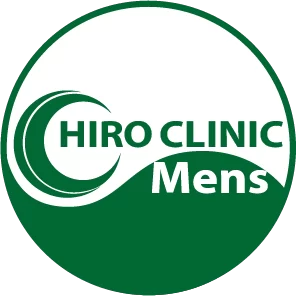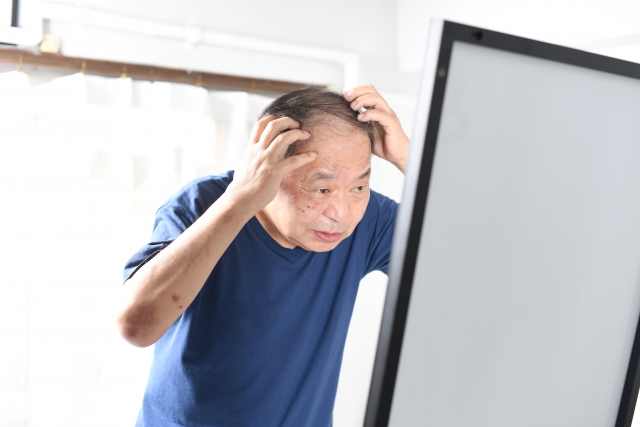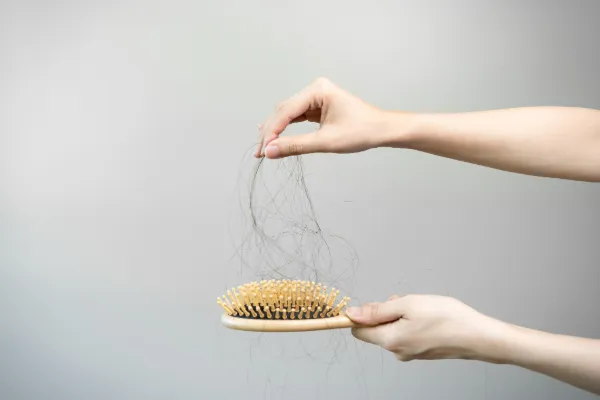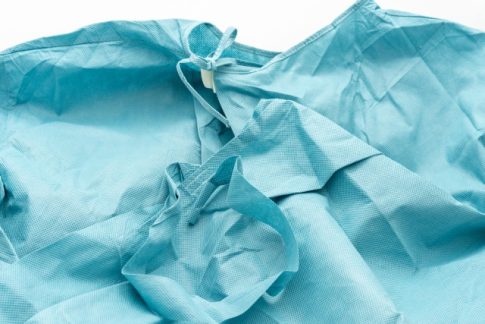この記事の概要
This column explains the difference between the “conventional method” and the “minimally invasive method (FUE method)” of hair transplant surgery. The conventional method tends to leave a noticeable scar, whereas the FUE method is recommended by many clinics because it requires only a small incision, produces a natural-looking result, and allows for a quick recovery. The surgical process, post-operative care, and evaluation of treatment results are also explained, with a particular focus on the reasons why HIRO CLINIC recommends the FUE method.
“Traditional” and “Minimally Invasive” Techniques
Traditional and minimally invasive techniques are the two main approaches in hair transplant surgery. Traditional techniques require a relatively large operation to extract hair tissue from the skin, while minimally invasive techniques (FUE) provide a shorter recovery period with smaller incisions and extractions. At Hiro Clinic, we do not recommend traditional techniques because they can leave noticeable scars at the excision site and can damage the cutaneous nerves, causing a tingling pain. Currently, we strongly recommend the FUE method, as it can ensure a sufficient number of hair roots. We recommend it because the finished product looks good.
Traditional harvesting methods
Traditional harvesting techniques include punch or punch biopsy and strip (FUT) techniques. These are the primary methods for extracting hair tissue from donor areas. Punch techniques leave many large holes, which can leave scars in the harvested area. Strip techniques use large, spindle-shaped cuts that are then stitched together, which also leaves wide, linear scars. FUE uses a thin, 0.95mm tube of skin harvester to restore the skin without stitches.
Recipient Site Incision and Implant Placement
The incision of the recipient area and the placement of the graft are important to ensure that the transplanted hair tissue has a natural appearance. Certain requirements must be met for successful graft placement . Hair roots are mainly taken from the occipital and temporal regions. Even in cases of advanced hair loss, there are often sufficient hair roots remaining in the same area, and the hair is thick enough.
Impact of traditional harvesting techniques on treatment outcomes
Traditional harvesting techniques can affect the outcome of treatment. There have been studies on the shortcomings of the stripping technique, in particular. Many surgical complications have been reported, including dehiscence of the donor site.
Evaluation of postoperative transplant outcomes
Postoperative evaluation of graft outcomes is important to determine the success of the procedure. Evaluation of graft outcomes includes postoperative hair growth and appearance, as well as patient satisfaction. We aim for a minimum 90% graft survival rate. Usually, it is over 95%, but it varies depending on the patient’s skin condition.
Conclusions regarding traditional hair transplantation techniques and their application in practice
There are numerous reviews of traditional hair transplantation methods and how they are applied in clinical practice. Detailed studies have also been conducted on the surgical steps and their impact on transplant results, and traditional methods are not recommended in many countries. However, traditional methods are generally cheaper, but Hiro Clinic can offer FUE method at the same price as traditional methods, so we only recommend FUE method.
Examination of procedure duration and its impact on implantation outcomes
There have been studies on the duration of the procedure and its effect on the outcome of the transplant , and it has been found that a method that allows for a short time between harvesting and transplantation has produced good results. It is important to harvest the hair quickly, store it in cold saline, and then deliver it quickly. The efficiency of the surgical process is important.
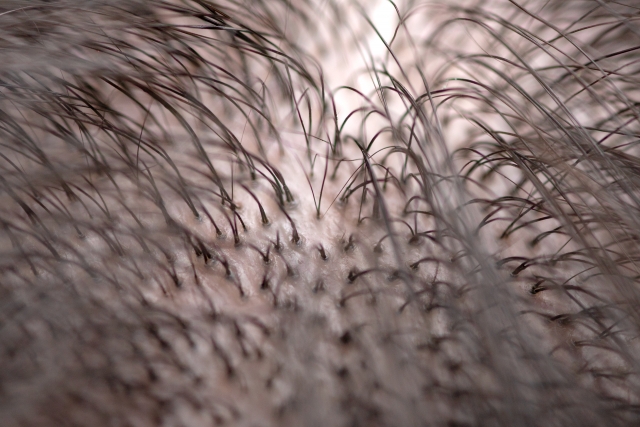
About conventional and minimally invasive methods (FUE method)
Types and Background of Hair Transplant Surgery
Hair transplant surgery has seen many technological advances in recent years, greatly improving the appearance of patients. Traditional methods required relatively extensive surgical procedures and often involved lengthy post-operative recovery times, but a minimally invasive technique known as the FUE method is now commonly used. This minimally invasive technique allows patients to return to their daily lives in a short time and also produces a natural-looking post-operative result, making it increasingly popular.
Minimally invasive method (FUE method) recommended by Hiro Clinic
The FUE method has the advantage that the incision is very small and scars are barely noticeable because the hair follicles are extracted at the root level. At Hiro Clinic, we recommend the FUE method and do not actively use the traditional strip method (FUT method) or punch method. This is because the traditional strip method and punch method can cause relatively large scars and postoperative pain.
Traditional harvesting methods: Strip (FUT) and punch harvesting methods in detail
1. Details of the Strip Method (FUT Method)
In the traditional strip technique, large strips of skin are harvested from the back or sides of the scalp. Hair follicles are then isolated from the skin and transplanted to the recipient area, typically leaving a wide scar at the donor site. While the strip technique has a high hair follicle harvest rate, it can cause postoperative scalp tightness and pain, so postoperative care is important.
2. Details of the punch method
The punch method uses a circular punch instrument with a diameter of about 3 to 4 mm to extract hair follicles. This method leaves many small holes in the scalp, which can result in many noticeable scars. In addition, the skin tissue in the extraction area is easily damaged, and pain and discomfort may remain after the procedure.
Benefits and process of minimally invasive (FUE) method
The process of FUE method
In the FUE method, hair follicles are extracted one by one from the back and sides of the head using a very fine punch instrument measuring less than 0.95 mm. This method leaves fewer scars at the harvest site and allows for a much smoother post-operative recovery. The required number of hair follicles are harvested from the donor area and placed directly into the transplant site.
How to graft to achieve a natural look
FUE allows for a natural-looking result by controlling the orientation and density of the transplanted hair follicles . By carefully positioning the transplanted hair follicles to match the existing hair growth pattern, your surgeon will recreate a natural-looking look.
Post-operative care
After FUE surgery, a small scab will form at the transplant site, but it will fall off naturally within 1-2 weeks, and if the hair survives, new hair will grow over the next few months. The survival rate of transplanted hair is usually over 90%, and in many cases, satisfactory results can be achieved.
Differences in treatment outcomes between conventional and minimally invasive techniques
Although traditional methods may be appropriate in certain circumstances, they have drawbacks such as noticeable scars and a long postoperative recovery period. For this reason, the FUE method has become mainstream in recent years, allowing patients to undergo surgery more comfortably. The FUE method extracts hair follicles with minimal incisions, leaving almost no postoperative scars and less disruption to daily life.
Preparation and procedure for FUE surgery
1. Initial consultation and counseling
Before the surgery, a consultation is held between the doctor and the patient to discuss the patient’s desired area for transplantation and the density of hair. A pre-operative health check is performed and an estimate is made of the number of hair follicles required for the FUE method.
2. Harvesting hair follicles from the donor area
A pre-planned number of hair follicles are harvested from the patient’s back or sides using the FUE method. A special punch tool is used to extract the hair follicles through extremely small holes, which means that scars are less likely to remain at the donor site.
3. Preparation and storage of hair follicles for transplantation
The harvested hair follicles are immersed in a preservative solution such as saline and stored until they are ready for transplantation . Proper storage will increase the survival rate of the hair follicles and affect the final outcome.
4. Dissection of the recipient site and transplantation
Small incisions are made in the transplant areas and the hair follicles are placed in place, taking into account natural growth patterns, resulting in a very natural looking result after surgery.
Evaluation of FUE treatment results and postoperative care
1. Growth and shock loss of transplanted hair
After a hair transplant using the FUE method , you may experience a temporary loss of hair, known as “shock loss.” However, this is only temporary, and new hair will eventually regenerate in the transplanted area .
2. Post-operative care
Post-operative care also plays a major role in the success of the FUE method. Appropriate measures are required to keep the transplant site clean and prevent postoperative infection. It is also important to avoid irritating the affected area until the scab falls off 1-2 weeks after surgery.
3. Long-term results and evaluation
The final results are seen and patient satisfaction is evaluated six months to a year after the procedure. The FUE method provides a natural look and texture to the transplanted hair, which contributes greatly to improving the patient’s appearance.
